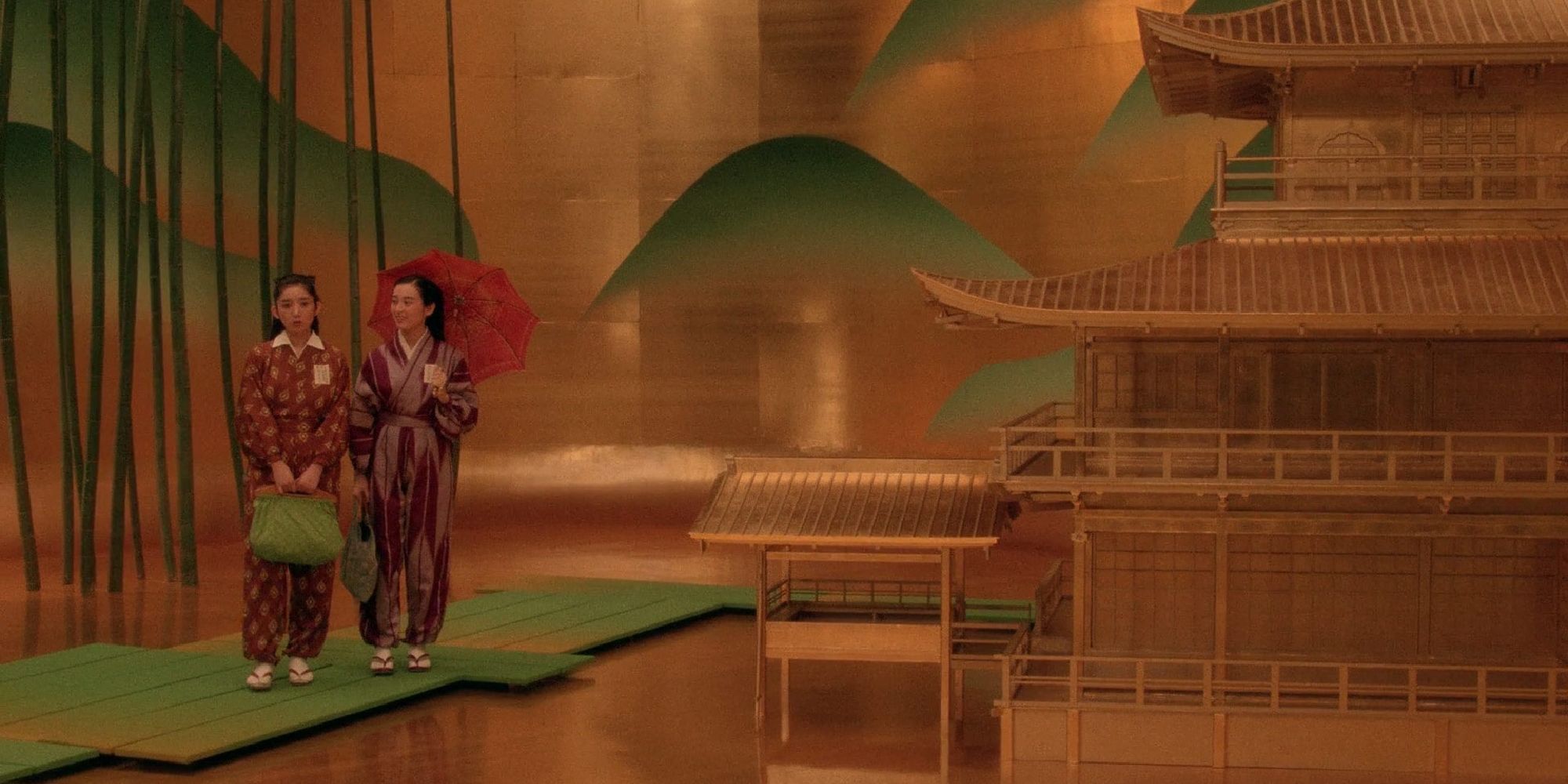Paul Schrader began his career as a writer. And if you look at his first two films, you get the sense that as a director, he was more engaged in the writing process than directing. That’s not to begrudge his work on either Hardcore, or Blue Collar. They’re both very interesting films, and well worth tracking down. But they aren’t especially camera savvy. Enter John Bailey, who worked with Schrader on American Gigolo, Cat People and Mishima. Around this time, Schrader also became a bodybuilder, and was going out a lot to discos. The man grew up a strict Calvinist, so some of this could be seen as rebellion, but I think – more to the point – what Schrader was interested in was doing things he didn’t have a natural predilection for. I read this desire to embrace the visual side of cinema as an attempt to pursue the thing of least perfection. In the same way Quentin Tarantino trained himself to become an action director whilst making Kill Bill, it seems that Schrader wanted to develop muscles that were not his easiest. Yukio Mishima (played here by Ken Ogata, though narration is provided by Ogata in a Japanese track, and Roy Scheider in the American release version) was a famous Japanese author known for his books, and his acting, and film career. A 20th century artist, he dabbled. He was also born a sickly kid who turned to bodybuilding later in life, and was something of a dandy (if not an out and out bisexual). The film intercuts his biography with the final day of his life, and three of his stories.
The Temple of the Golden Pavilion features a young man with a horrible stutter. He dreams of getting laid, and becomes friends with a guy with a limp who tells him to use his weakness to seduce women by guilting them into sex. What the stutter really wants is to see the nearby Golden Pavillion burn down, as it is to gorgeous. Too perfect. And he dreams that the allied bombers will do his bidding. In Kyoko’s House, a young dandy of an actor takes on his mother’s debt by becoming a woman’s masochistic slave. What he comes to realize is that the only way he feels alive is when he’s tortured. And in Runaway Horses, a group of young cadets train to lead a rebellion against the current administration, only to be foiled in the act. As these stories are told (and intercut with Mishima’s life) we see how Mishima was writing about his own dreams and visions, though not in a cheap or superfluous way. We can draw what conclusions we want, though obviously the stories are chosen on purpose to illustrate aspects of Mishima. It takes a brave artist to turn their life and death into theater, but it also gives them control and closure. There is something uniquely powerful in that choice, and that Mishima makes it makes him a fascinating subject. Schrader is firing on all cylinders here, and working with John Bailey, sets and costumes by Eiko Ishioka (Bram Stoker’s Dracula), and with Phillip Glass’s still-influential score, it’s both foreign and domestic. It’s respectful of Japanese culture, but its own beast. And it’s truly a singular film-going experience, and the high point of Schrader’s directorial output.
And, oh my god, the packaging on the Criterion edition is to die for. This thing is gorgeous, from the booklet, with all the color photographs of the set, to the look and feel of everything, Criterion’s design porn makes this a must have for any serious DVD collector. On top of the first rate supplements and transfer. The film is presented in anamorphic widescreen (1.78:1) and in 2.0 stereo. The picture qulity is excellent, and one hopes that this becomes an early test subject for their Blu-Ray line. On the first disc is the film’s trailer, along with the original Theatrical audio (with Scheider), the Ogata narration, and a temp track narration, meant for Scheider to follow. Though Warner Brother’s release had its own commentary track, the disc features a new one by Schrader and producer Alan Poul, and Schrader dedicates the film to his deceased brother Leonard. Disc two kicks off with a great set of interviews with Bailey, Glass, and Ishioka, who all revere their work here, and offer great insights into their working process (44 min.), and then the stories of producers Tom Luddy and Mata Yamamoto (22 min.), who braved Japan somewhat unsuccessfully for the film. To speak more to the real Mishima, there’s a section featuring comments from Mishima biographer John Nathan and friend Donald Richie (27 min.), which fleshes out the man in ways the film does not (but is very complimentary), co-screenwriter, and widow of Leonard, Chieko Schrader provides an audio interview (26 min.) about the making of the film and their working arrangements. And for more period detail, there’s a filmed interview with Mishima talking about writing (6 min.), and the UK documentary “The Strange Case of Yukio Mishima” (55 min.), which is more conventional, but also essential viewing. This makes a case for the DVD event of the year.






